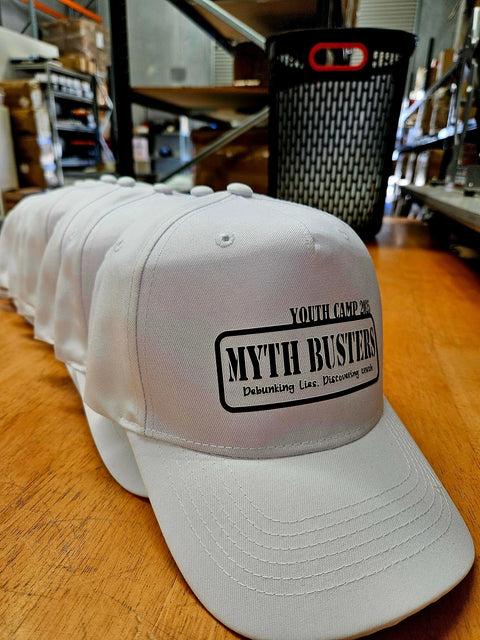Workers in dangerous work settings need FR clothing as an essential safeguard against dangerous situations. Workers in construction, oil and gas, service utilities, welding, or firefighting fields have just seconds to survive smoke or flame exposure once they start burning. People working in living conditions that risk fire need fire-retardant clothing as their main defense.
What is Fire Retardant Clothing?
Fire-resistant garments resist burning and extinguish themselves after heat removal. The fabrics use either natural fire-resistant materials or chemical treatments to create fire-resistance in garments.
How Does FR Clothing Work?
FR clothing turns heat behavior to protect users from harm during a burn event. Based on the selected fabric the clothing engineering responds in specific ways.
-
Resist catching fire altogether
-
The clothing naturally stops burning when heat is no longer present
-
FR clothing protects the body by shielding heat and stopping it from penetrating to the skin.
-
The material remains intact at extreme heating temperatures
-
FR fabric serves as an effective barrier against fire since it turns to carbon ash instead of adding fuel to flames.

Who Needs Fire Retardant Clothing?
The use of FR clothing is mandated or advised in jobs where employees face dangers from fires and extreme heat. Common occupations include:
-
Electricians and electrical utility workers
-
Oil and gas industry workers
-
Welders and metal workers
-
Firefighters
-
Construction workers
-
Chemical plant workers
-
Railroad workers
-
Emergency responders
Employees in these industries regularly work with dangerous arc flashes and combustible dust as well as molten metals and open flames. Workers must wear FR garments to protect themselves from workplace dangers because official safety regulations make it mandatory.
Significant safety advantages
1. Life-Saving Protection
Wearing fire-resistant cloth helps prevent life-threatening outcomes more than any other advantage. The garment system gives people better protection from serious burns when they face fire or hot situations. Burn injuries when wearing FR clothing tend to be minor while the fabric helps prevent deaths.
2. Prevention of Clothing Meltdown
Standard clothing made of synthetic materials melts rapidly when heated creating burns that attach to the body surface. FR clothing protects from melting because its fabric composition resists heat damage.
3. Time to Escape
FR clothing helps workers find enough safe time to retreat from fire danger. Getting to safety after an incident takes vital seconds that this material provides.
4. Compliance with Safety Standards
FR clothing standards like NFPA 70E, ASTM F1506, and OSHA must be followed by organizations which this clothing ensures. A company needs FR gear to avoid possible legal charges from fires and accidents at work.
5. Durability in Tough Environments
FR dressing materials have superior durability for working environments. Manufacturers create fire-resistant clothing with exceptional materials that stays protective under demanding job conditions.

Types of Fire Retardant Clothing
People can choose fire retardant clothing depending on their performance needs and workplace requirements. Common types include:
-
FR Shirts and Trousers: Everyday protective gear for electricians and industrial workers.
-
FR workwear gives complete body protection when operating at welding sites, oil fields, or chemical plants.
-
FR Jackets and Outerwear: For colder climates or outdoor jobs with fire risk.
-
FR Base Layers: Additional layer under the outerwear for enhanced protection.
-
FR Rainwear and High-Visibility Gear: For wet environments or nighttime work.
-
FR Accessories: Gloves, hoods, balaclavas, and flame-resistant boots.
Fire Retardant vs. Fire Resistant: Is There a Difference?
People typically use these words as if they mean the same thing when actually they have minor differences between them.
-
Fire Retardant chemicals make fabrics better able to resist both starting and continuing fires.
-
Fire Resistant fabric slows down fire development in its natural state without needing special chemical treatment.
Both material types protect from fire but FR fibers maintain their fire resistance after repeated laundry cycles.
Choosing the Right FR Clothing
Several important criteria must be considered to choose effective fire retardant clothing.
-
Witness that our garment fits required industry standards before selling.
-
Level of Risk: Choose the right protection level for the specific work environment.
-
Fire-resistant clothing needs to allow people to move freely while keeping them cool during entire shifts.
-
Review the number of times you plan to use the garments before washing them.
-
Choose clothing pieces that can be worn with other protective equipment and undergarments.
-
Select clothing for sunny or cold weather days depending on the current temperature.
Maintenance and Care
Proper treatment of fire-resistant clothing helps it stay effective over time. Key tips include:
-
Follow manufacturer instructions for laundering.
-
Bleach and fabric softeners must be avoided because they decrease the fire-resistant features of these garments.
-
Look at the garment consistently for holes or damages to the fabric.
-
Throw away garments that show both high wear patterns and damage from direct burning incidents.
Workplace Safety Standards and Regulations
Business sectors must fulfill government safety standards when they purchase fire resistant work apparel. Major safety standards in this field consist of:
-
NFPA 70E: For electrical safety in the workplace
-
OSHA 1910.269: For electric power generation, transmission, and distribution
-
Employers who use textile materials for electrical staff need to follow ASTM F1506 standards.
-
NFPA product requirements apply particularly to clothing that defends against flash fire occurrences at oil and gas dangerous areas.
These standards mention how workers need to test and work with specific fire protective gear that carries approved labels.
Conclusion
Fire retardant work clothing offers both protection and legal compliance measures that generate security for workers. Fire and thermal danger areas demand specific FR clothing to shield workers from major harm.
Understanding the importance of FR clothing sets the foundation to make workplaces safer for everyone in charge of protective measures.






